Pump Pressure Switch sits quietly inside your control box, yet it decides how forcefully water reaches every faucet, sprinkler, and appliance. Selecting the correct PSI range therefore determines not only shower comfort but also pump longevity and energy bills. So how do everyday consumers make the right call?
To begin with, understand the numbers. Every Pump Pressure Switch carries a cut-in and a cut-out rating, such as 30/50 or 40/60 PSI. The figure tells the switch when to start the pump; the second tells it when to stop. A 30/50 setting means the pump begins at 30 PSI and shuts off at 50 PSI, maintaining household pressure between those two points. If your house sits on level ground, has two bathrooms, and standard ½-inch plumbing, 30/50 usually delivers steady flow without overworking the motor.
Second, measure your true demand. Walk through your home and list every fixture that uses water. A typical showerhead uses 2.5 GPM, a dishwasher 1.5 GPM, and a lawn sprinkler zone 5 GPM. Add the three together and you need roughly 9 GPM at the same moment. Compare that total to the pump curve printed on the nameplate; your chosen PSI range must keep the pump inside its efficient zone. If the curve flattens below 40 PSI, move to a 40/60 switch to avoid cavitation and early bearing wear.
Third, consider elevation. Every 2.31 feet of vertical lift equals 1 PSI loss. A two-story colonial with bathrooms upstairs may lose 10 PSI just climbing the walls. In this case, opting for 40/60 instead of 30/50 keeps second-floor showers from turning into dribbles. Conversely, if your cottage is on a hill above the well, pressure loss in the drop pipe may favor a 50/70 setting, provided the tank and piping carry a 100-psi rating.
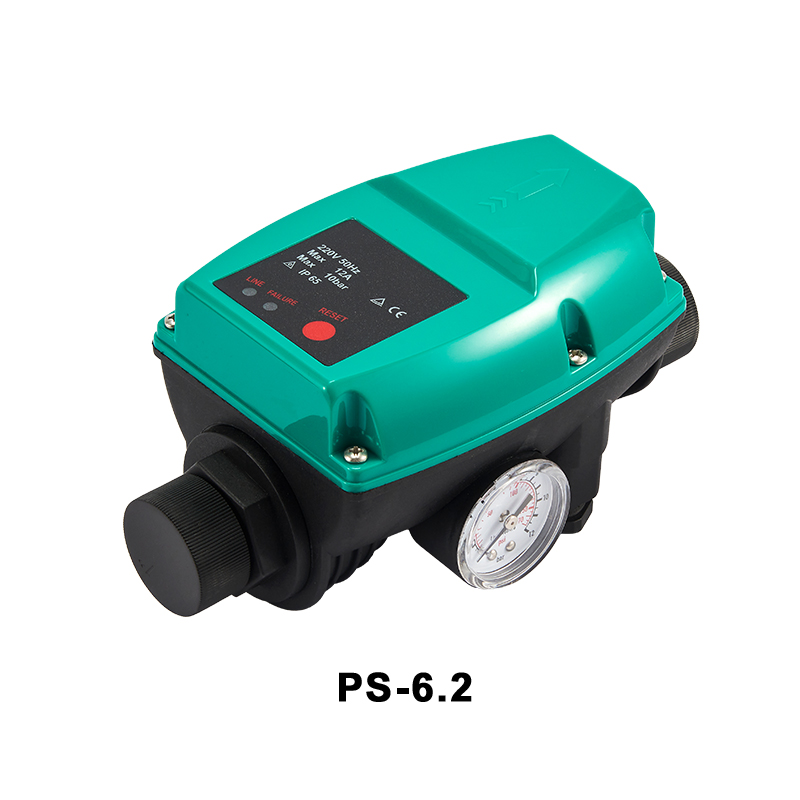
Fourth, inspect the tank. A larger pressure tank stores more water between cycles, softening on/off surges. If your tank is undersized, a higher PSI range shortens cycle times and accelerates switch contact wear. Upgrading the tank often allows a lower, gentler 30/50 setting that extends component life.
Fifth, watch the wallet. Higher PSI settings push the pump harder, drawing more kilowatts. A 40/60 switch consumes roughly 10 % more energy than 30/50. Balance comfort against monthly bills; some families lower the range in winter when irrigation is off and raise it again for summer gardening.
Finally, test before you commit. Install a temporary gauge at the tank tee and record pressure readings while every fixture runs. If the low reading dips below 20 PSI during peak use, step up one range. Repeat until the pressure stays above 30 PSI, then lock the setting. many quality switches allow field adjustment within a 20-PSI span, so fine-tuning is easy.
In short, choosing the right PSI range is less about guesswork and more about honest math. Measure flow, factor height, respect the pump curve, and the humble Pump Pressure Switch will reward you with steady pressure and a quiet electric bill.
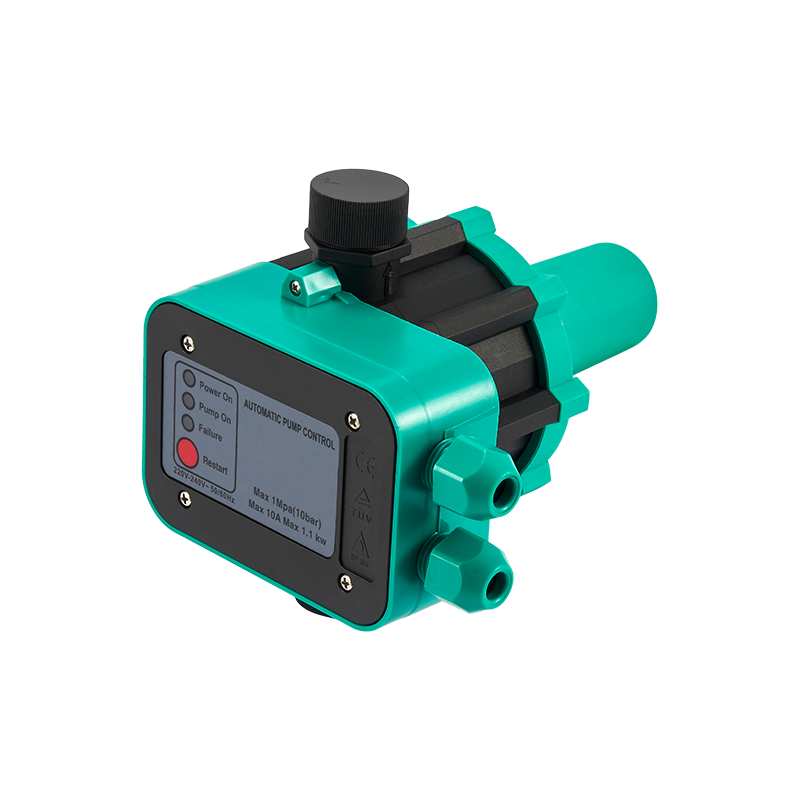
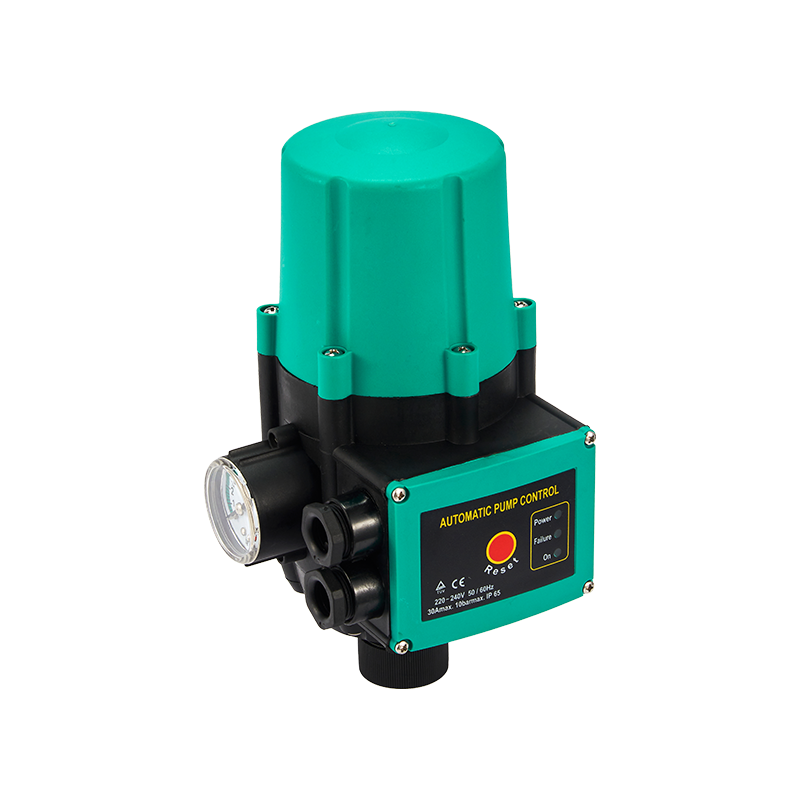
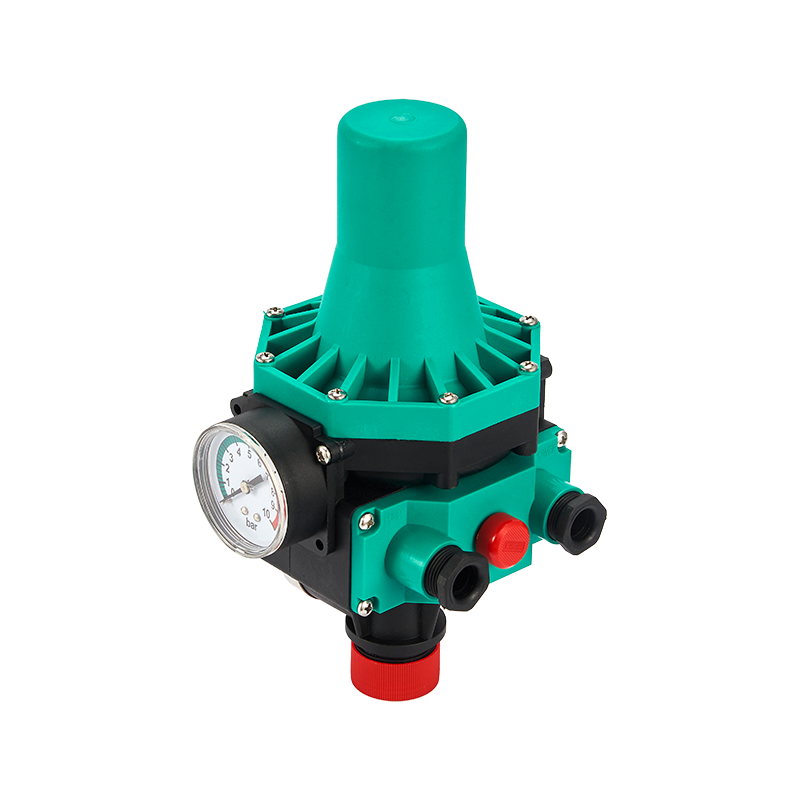
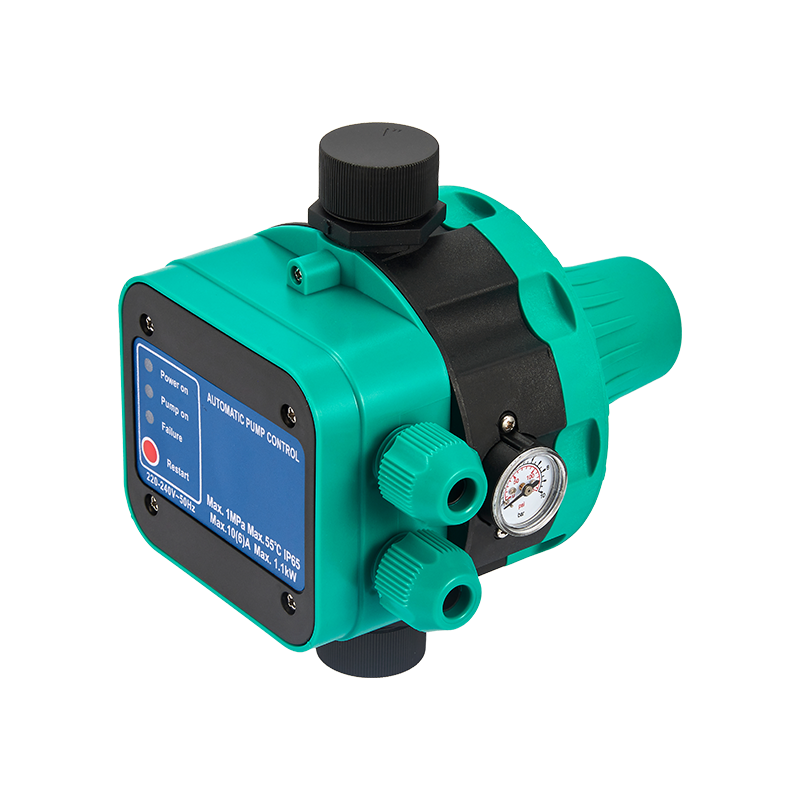
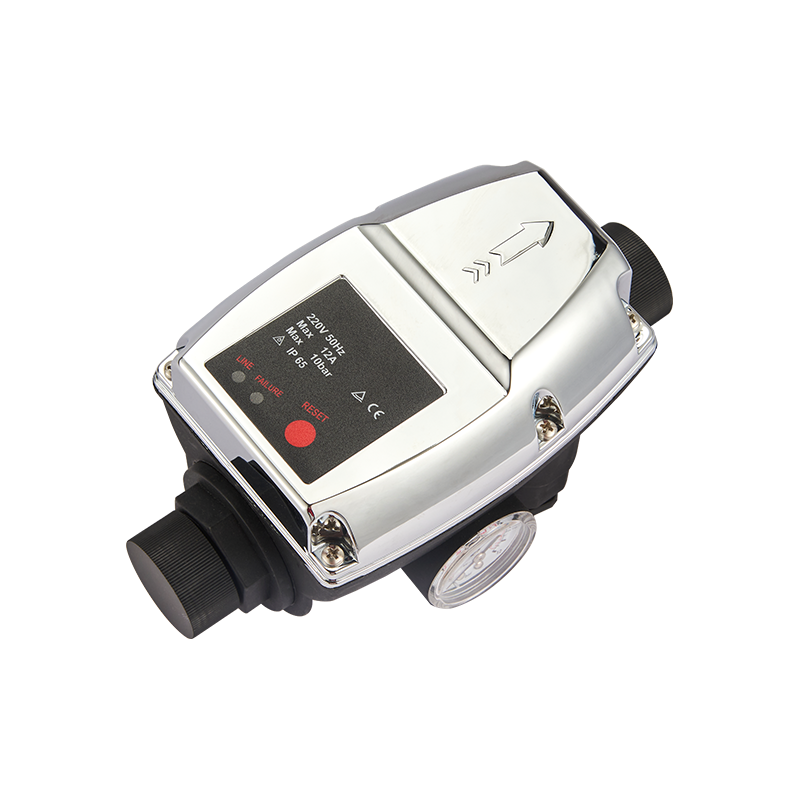
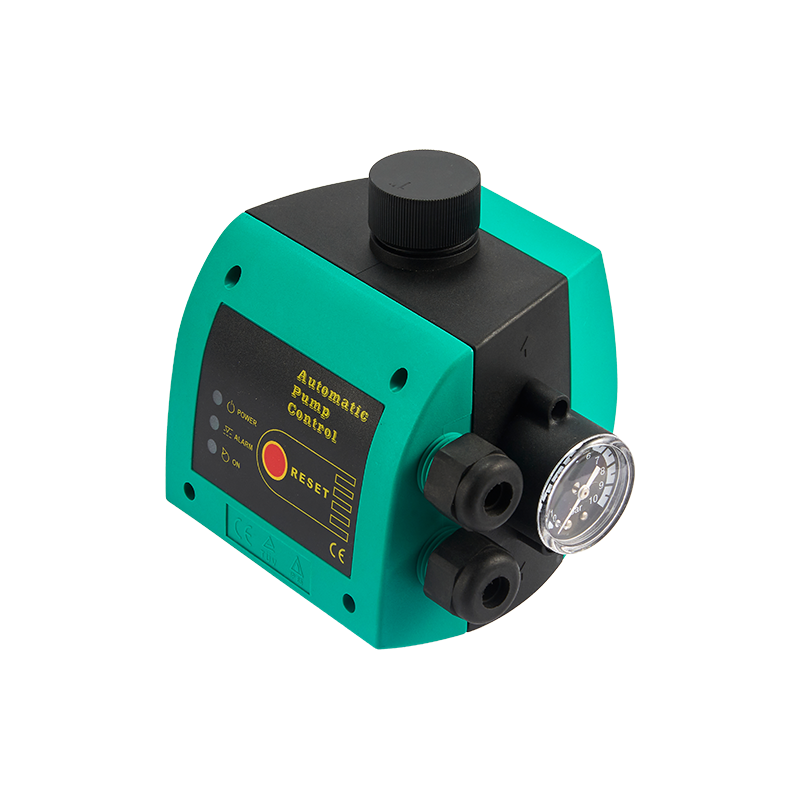
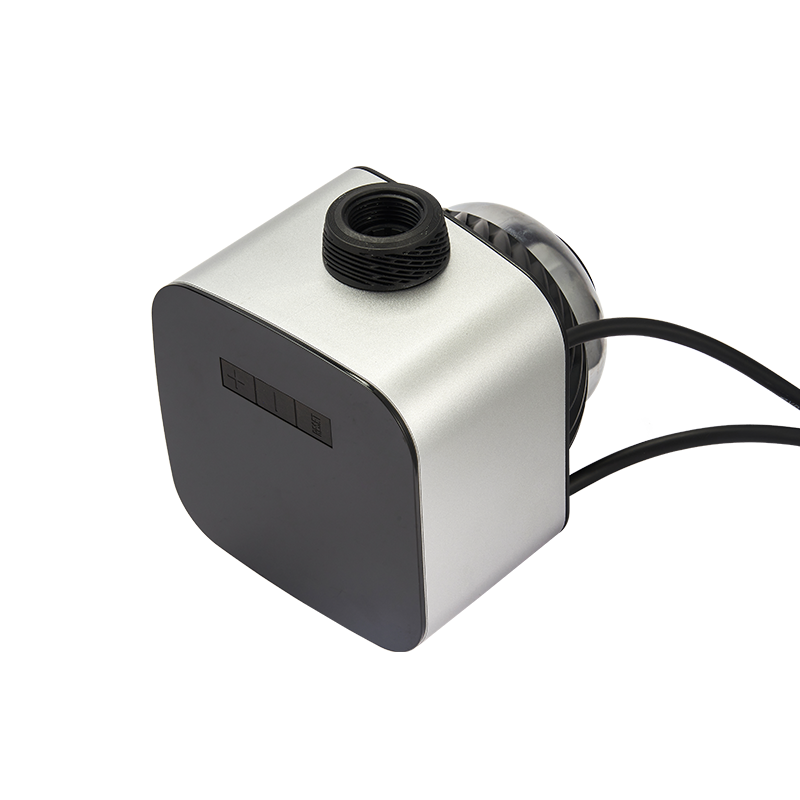
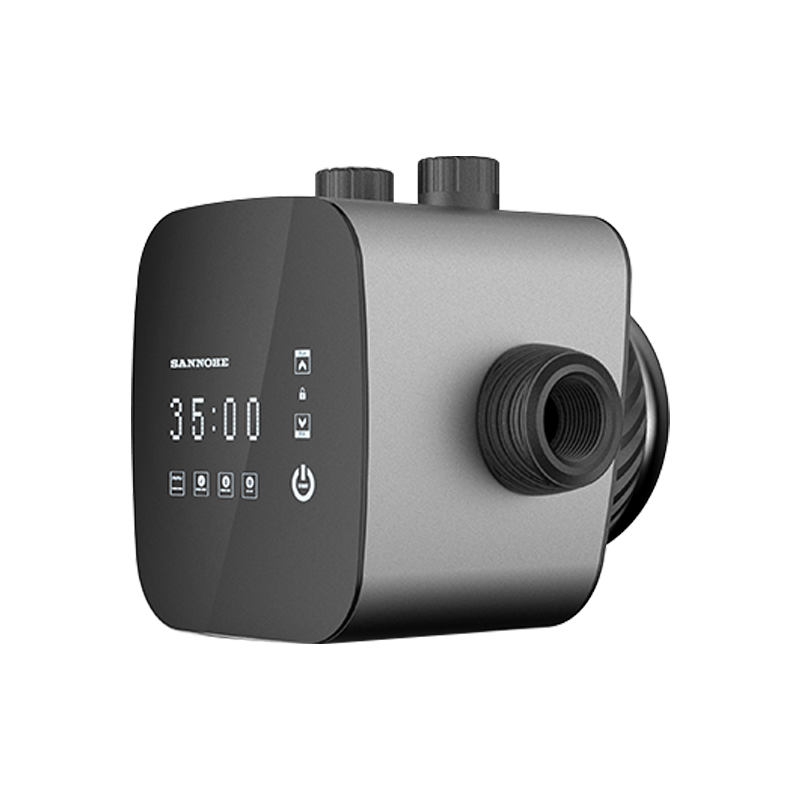
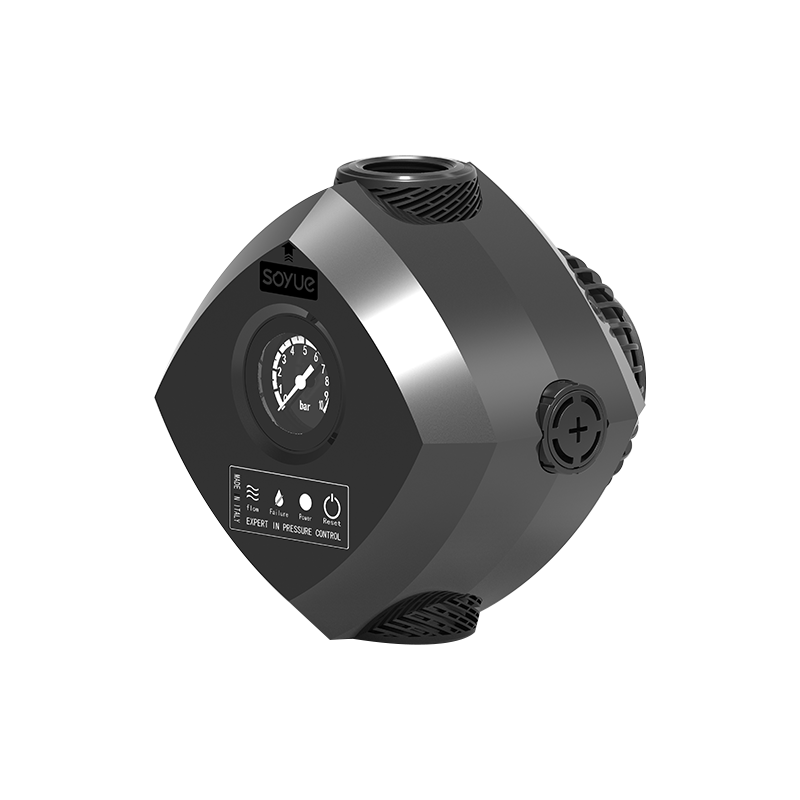
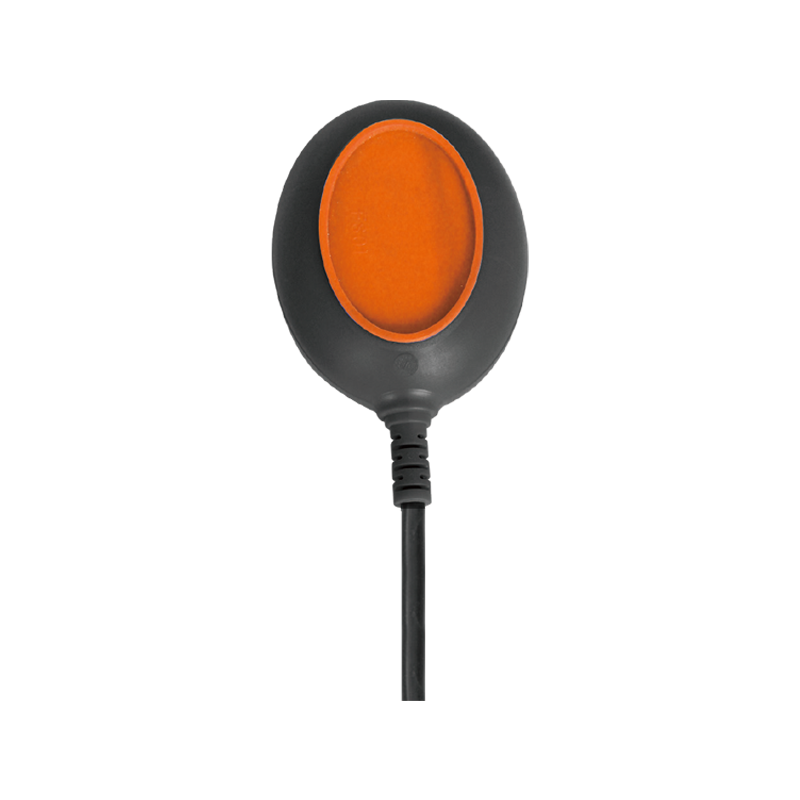
The role and sophistication of the pump controller within fluid management systems are expanding significantly across industrial, agricultural, and municipal applications. As the essential electronic brain governing pump operation, a modern pump controller does far more than simply start and stop a ...
In the operational framework of countless residential, commercial, and industrial fluid systems, a small but vital component ensures automatic control and protects equipment: the pump pressure switch. This electromechanical device serves as the central nervous system for pumps, activating and deacti...
The global industrial landscape is witnessing a significant transformation, driven by advancements in automation and smart technology. A key player in this evolution is the automatic pump controller factory, which has become a hub of innovation and precision manufacturing. These specialized faciliti...